
Archive exhibit 3: EUGENICS IN STATE AND NATIONAL POLICIES
Eugenics on college campuses tended to manifest as what Francis Galton termed ‘positive eugenics’ – attempts to ensure the best bred with the best. The influence of eugenics on government policies and state laws tended to lead to ‘negative eugenics’ – mechanisms to keep the so-called unfit from breeding. All of the policies outlined below constituted ‘negative eugenics.’ In many ways, however, positive and negative eugenics were different sides of the same coin: each entailed making value judgements about who should and who should not have children.
Sterilization Laws
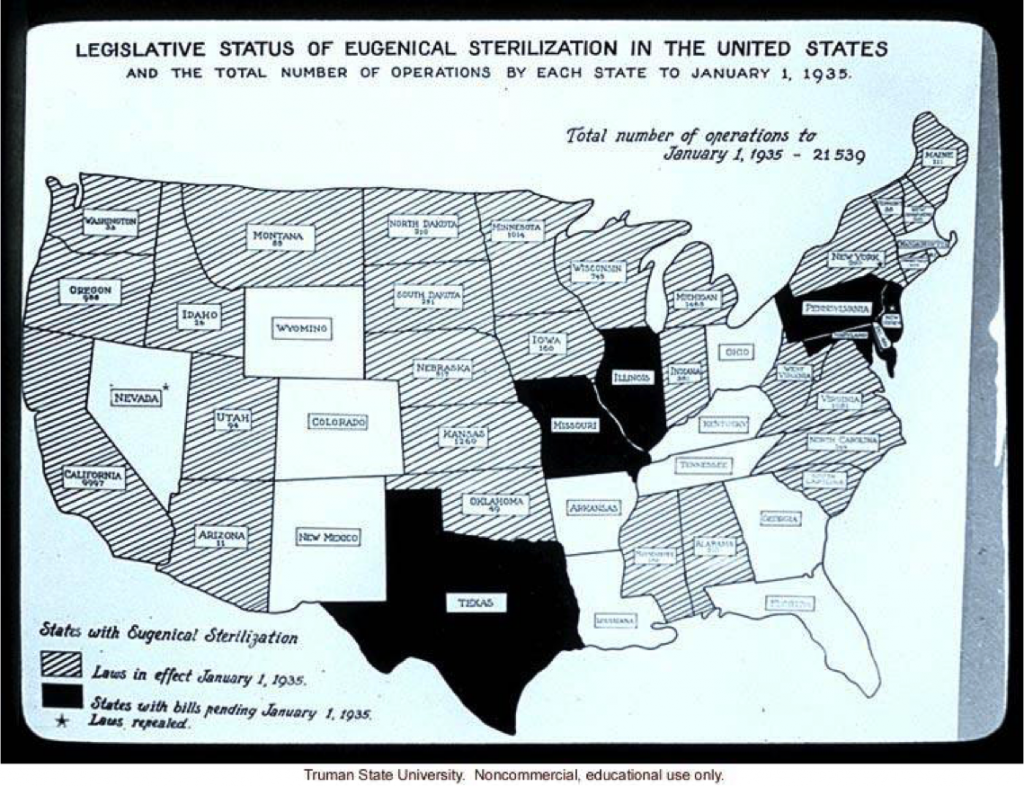
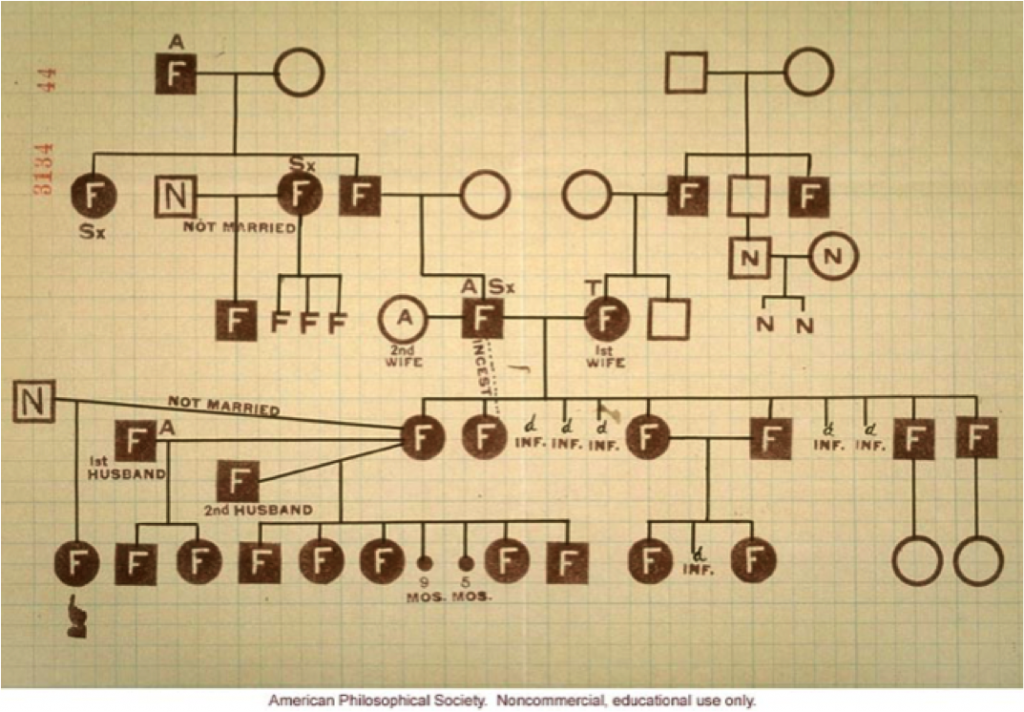
Anti-Immigration laws
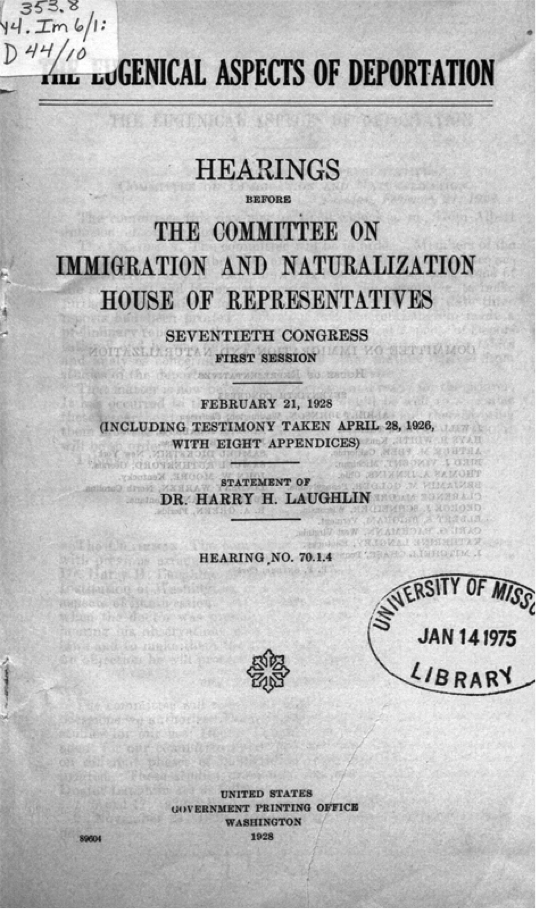
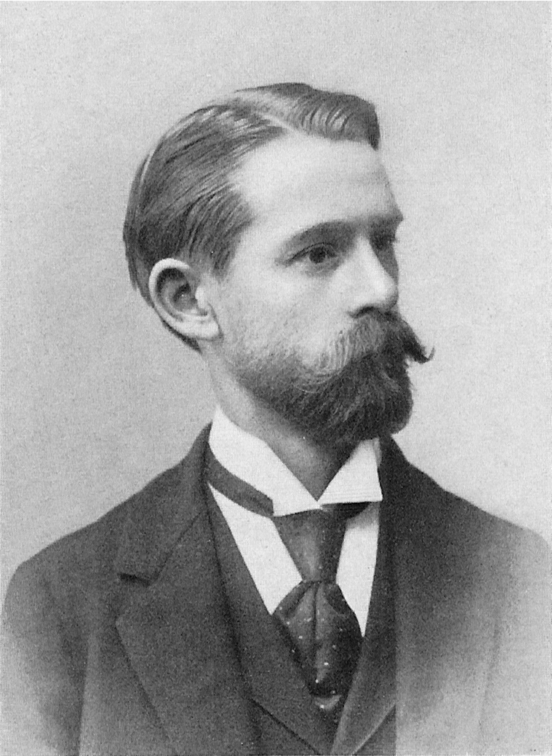
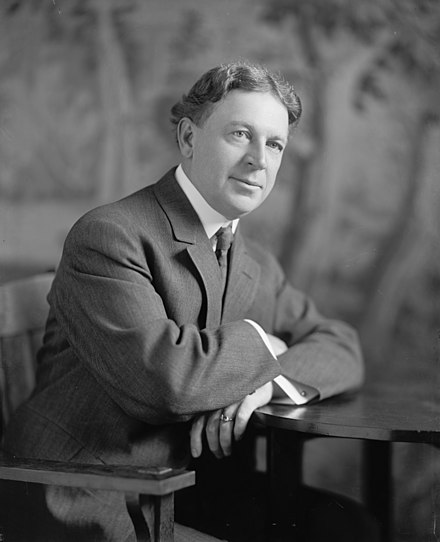
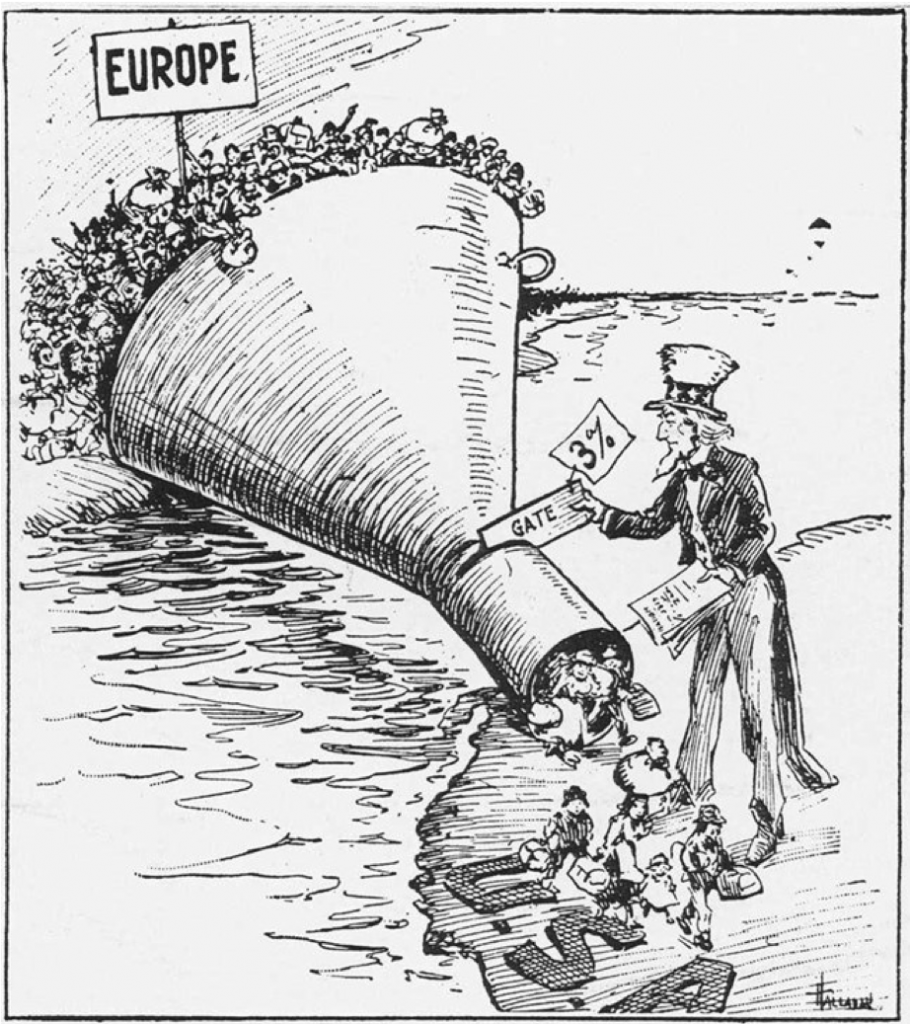
Anti-Miscegenation Laws
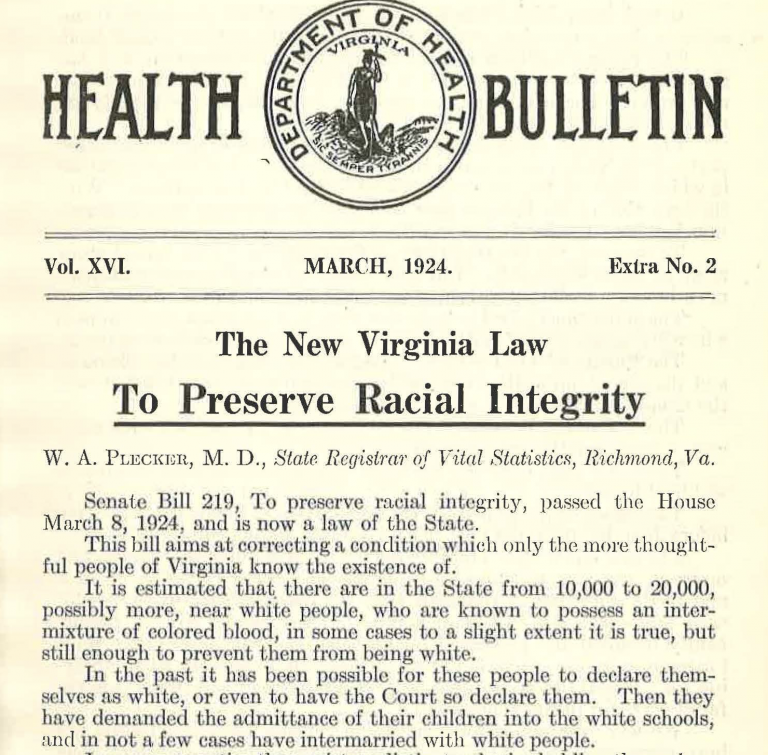
Early anti-miscegenation laws were often defended on biblical grounds, but during the eugenics movement opponents of ‘race-mixing’ defended these laws as rooted in science and biology. Virginia’s Racial Integrity Act of 1924, for example, held that ‘genetic disharmonies’ resulted from inter-racial marriages. These laws assumed such things as ‘pure races’ existed and could be defined, an assumption that population geneticists – and, earlier, Charles Darwin – had abandoned by this time.
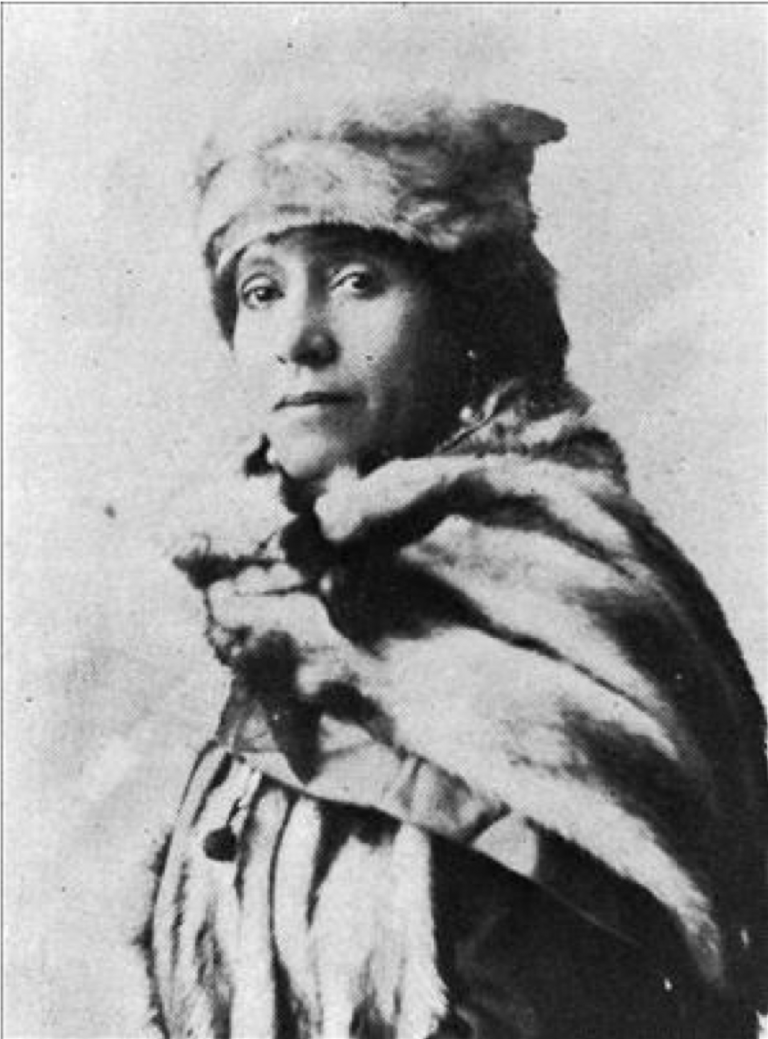
Fighting the “Race-Mixing” Laws
Opposition to race-mixing laws arose on both scientific and moral grounds. Population geneticists like Theodosius Dobzhansky and anthropologists like Ruth Benedict and Franz Boas argued that the laws depended upon unscientific descriptions of races as ‘ideal types’ rather than as populations that are (according to how population geneticists used the word ‘race’), in constant flux. Meanwhile, civil rights activists like founding member of the Tacoma NAACP Nettie Craig Asberry (1865-1958) organized against the passage of race-mixing laws in Washington State. Asberry later recalled how, when anti-miscegenation laws were proposed in 1916, ‘We had an underground worker there who let us know and overnight we got together a caravan of several cars of people of several races, whites, colored, Filipinos, and others. We descended on the powerful rules committee as a surprise and defeated the measure.’ Anti-miscegenation laws remained on the books in other states until declared unconstitutional by the U.S. Supreme Court ruling in Loving vs. Virginia (1967).
Image from Colored Women’s Federation of Washington and Jurisdiction Club Journal, 1922-1925, Tacoma, ca. 1925 (approval to use pending: Washington State Historical Society (0006_S92-2-47)